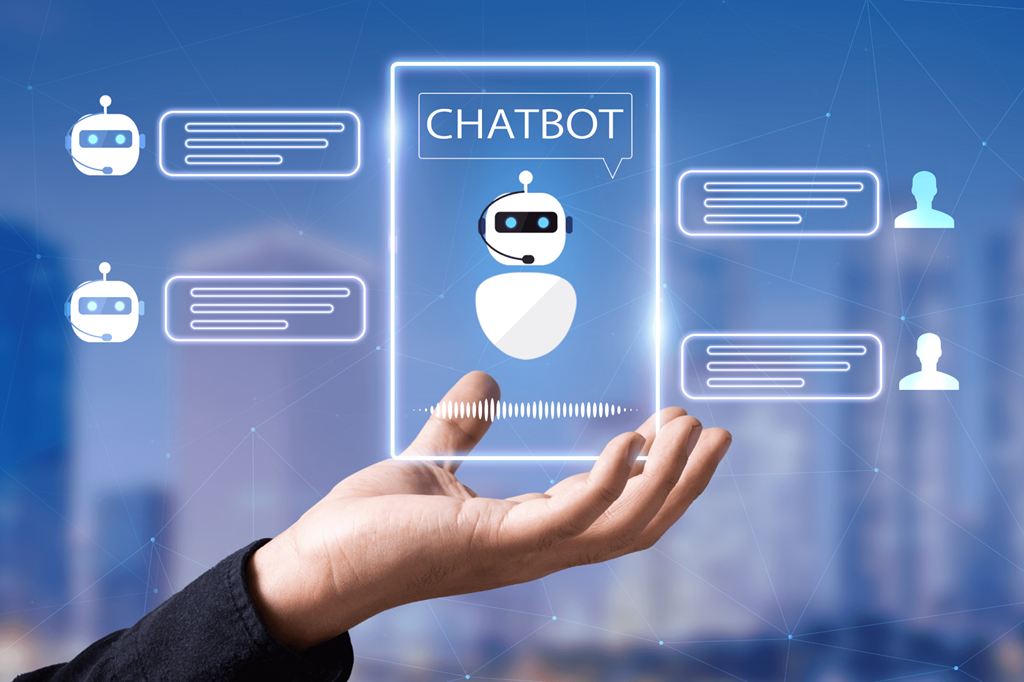The landscape of chatbot development has seen a meteoric rise in 2024. Far from the rudimentary rule-based bots of yesteryear, today’s chatbots, powered by sophisticated artificial intelligence (AI), are revolutionizing how businesses and individuals interact with technology. Conversational AI, the backbone of these modern chatbots, is not merely a buzzword; it’s a tangible force transforming industries and user experiences.
Beyond the Hype: Real-World Applications
Chatbots are no longer confined to simple customer service interactions.
They’ve matured into versatile tools with applications across a vast spectrum:
- Healthcare: AI-driven chatbots provide initial patient consultations, schedule appointments, and even offer basic mental health support. Their 24/7 availability and ability to handle routine queries free up healthcare professionals to focus on complex cases.
- Education: Chatbots serve as virtual tutors, guiding students through coursework, answering questions, and providing personalized learning experiences. They also streamline administrative tasks, such as enrollment and course selection.
- E-commerce: Chatbots enhance the online shopping experience by offering product recommendations, assisting with purchases, and resolving customer issues in real time. This translates to increased customer satisfaction and higher conversion rates.
- Finance: Financial institutions employ chatbots for customer service, fraud detection, and even investment advice. This democratizes access to financial information and services, making them more accessible to a wider audience.
- Travel and Hospitality: Chatbots facilitate travel bookings, provide destination information, and handle customer inquiries throughout the travel journey. This creates a seamless, personalized travel experience for users.
Technological Advancements Driving the Revolution
The remarkable progress in conversational AI is fueled by several key technological advancements:
- Natural Language Processing (NLP): NLP algorithms have become increasingly sophisticated, allowing chatbots to understand and respond to human language with greater accuracy and nuance. This enables more natural, human-like conversations.
- Machine Learning (ML): ML models enable chatbots to learn from interactions, improving their responses over time. This self-improving nature of AI systems makes conversational AI increasingly reliable and effective.
- Large Language Models (LLMs): LLMs like GPT-3 and its successors have demonstrated an unprecedented ability to generate coherent, contextually relevant text. This is a game-changer for chatbots, enabling them to hold more complex and engaging conversations.
Related: 5 Crucial Insights Before Diving into Mobile App Development
The Human Touch in AI Conversations

While technology plays a pivotal role, the “human touch” remains a critical factor in chatbot development.
The most successful chatbots strike a delicate balance between automation and empathy:
- Personality: Chatbots are often imbued with distinct personalities to create more engaging interactions. This can range from friendly and helpful to witty and humorous, depending on the brand and target audience.
- Emotional Intelligence: Advanced chatbots are equipped with the ability to recognize and respond to user emotions, making interactions more empathetic and understanding.
- Transparency: It’s crucial for chatbots to be upfront about their AI nature, avoiding any attempts to deceive users. This builds trust and sets clear expectations for interactions.
Challenges and Ethical Considerations
As chatbot development progresses, several challenges and ethical considerations come to the forefront:
- Bias: AI models can inherit biases present in their training data, leading to discriminatory outcomes. Addressing bias is essential to ensure fairness and inclusivity in chatbot interactions.
- Privacy: Chatbots often collect user data to personalize experiences. Safeguarding this data and ensuring user privacy is paramount.
- Misuse: Chatbots can be exploited for malicious purposes, such as spreading misinformation or manipulating individuals. Developing safeguards against misuse is crucial.
The Future of Conversational AI
The future of conversational AI and chatbot development is brimming with possibilities. We can expect:
- Hyper-Personalization: Chatbots will become increasingly adept at tailoring experiences to individual users, anticipating their needs, and delivering highly personalized recommendations.
- Multimodal Interactions: Chatbots will transcend text-based conversations, incorporating voice, images, and even video to create more immersive and engaging interactions.
- Integration with the Internet of Things (IoT): Chatbots will seamlessly integrate with IoT devices, enabling users to control their homes, vehicles, and other connected devices through natural language conversations.
Conclusion
Chatbot development in 2024 marks a significant turning point in the evolution of conversational AI. As these intelligent virtual assistants become more sophisticated, empathetic, and integrated into our daily lives, they have the potential to reshape industries, enhance user experiences, and redefine how we interact with technology. However, responsible development and ethical considerations are paramount to ensure that this technology is used for the betterment of society.






